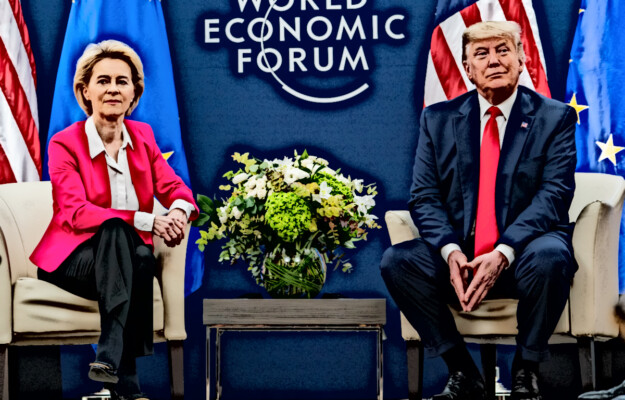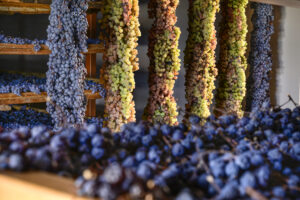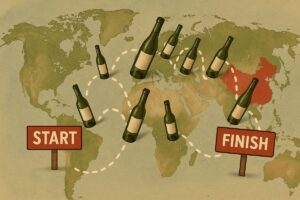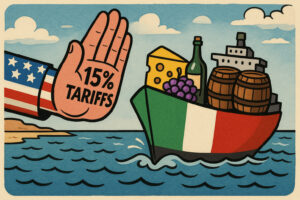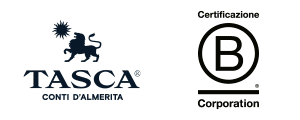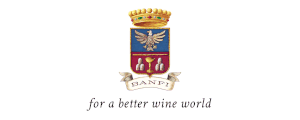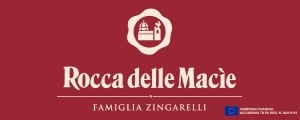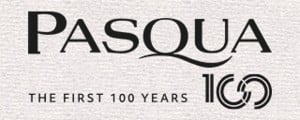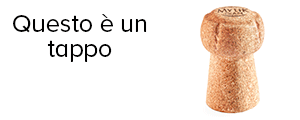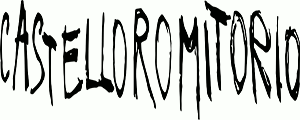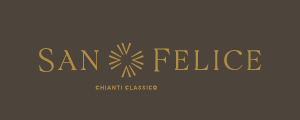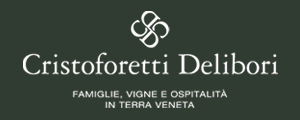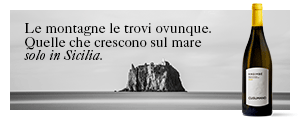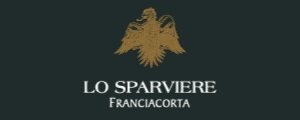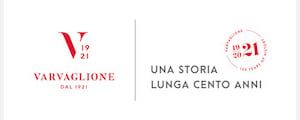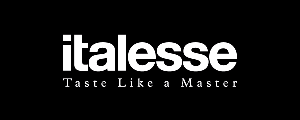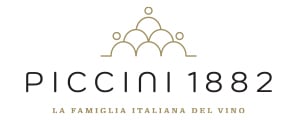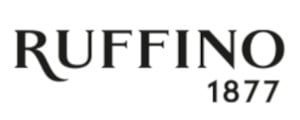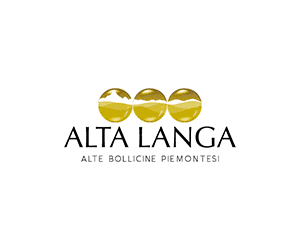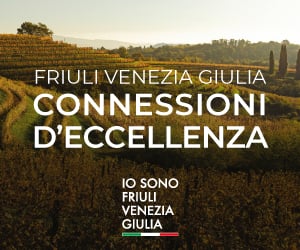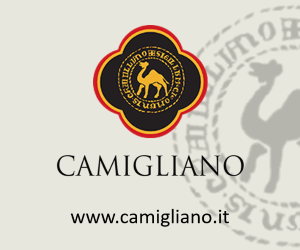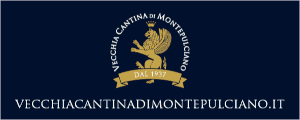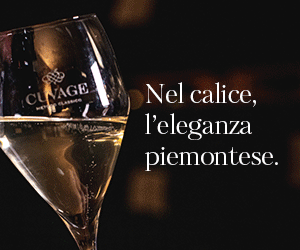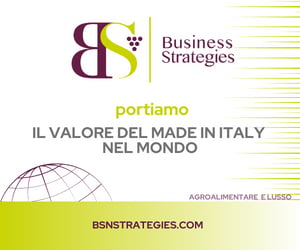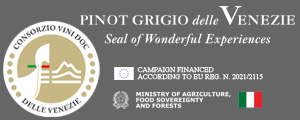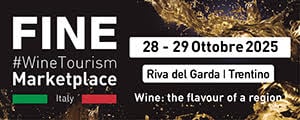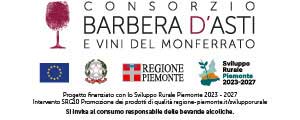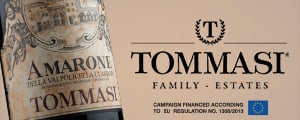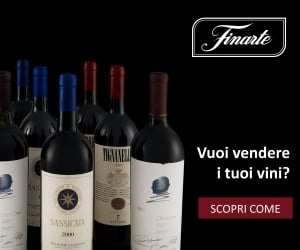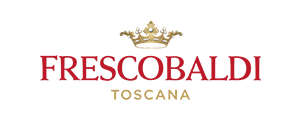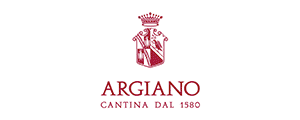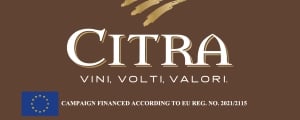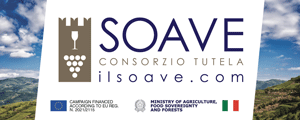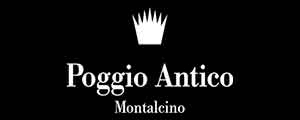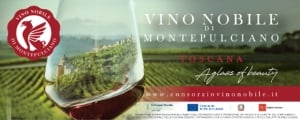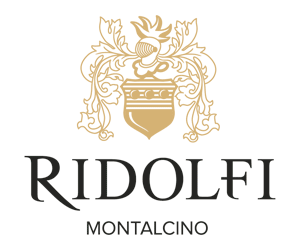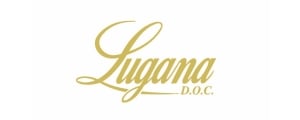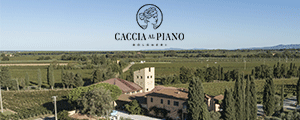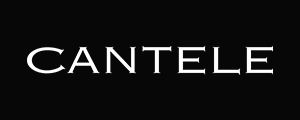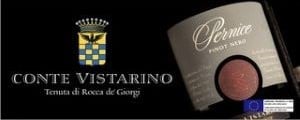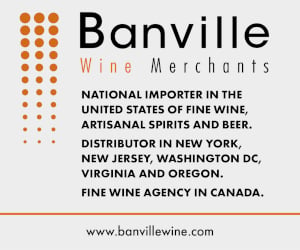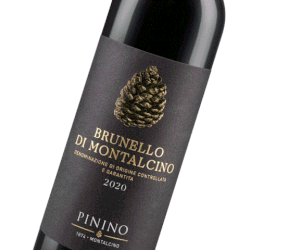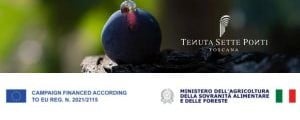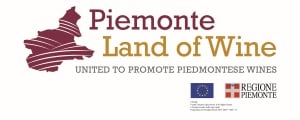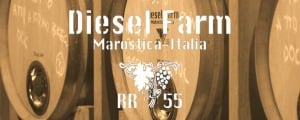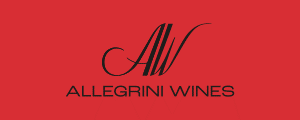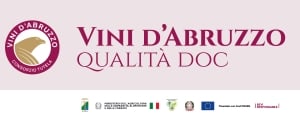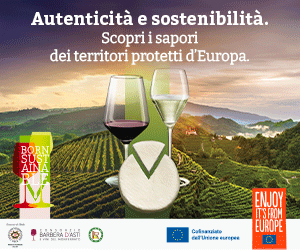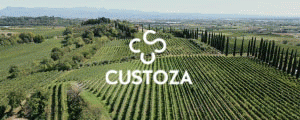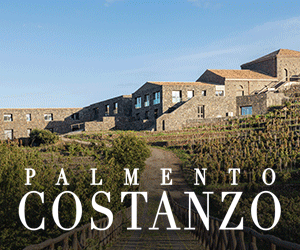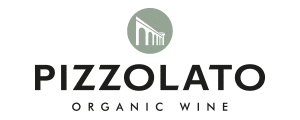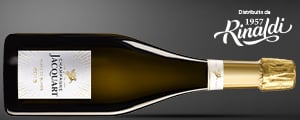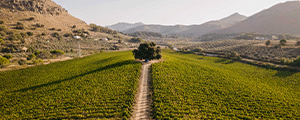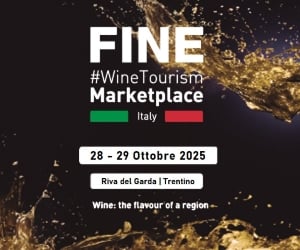The date of April 2 is fast approaching, and it is an important date that the EU, the U.S. and the whole world are looking at, because one way or another it will mark a turning point in the tariff war between Europe and America, with President Trump’s long-awaited announcements on which tariffs, to which goods, for how long and to which blocks of countries or individual countries will be applied. Announcements that, in the meantime, with the threat of tariffs at 200% on European wines and spirits (on March 14, the day when searches for the term “tariffs”, which is obviously wildly popular these days, hit its peak on Google, according to a WineNews analysis), have already hurt the Old Continent’s industry, with orders blocked and goods stopped at ports of departure, to avoid the risk, on the part of American importers, of having to pay the cost of duties on wine ordered at normal prices.
“Even though the 200% tariffs on EU wines have not been applied, the closure of the U.S. wine market to our wines is already a reality”, commented Ignacio Sanchez Recarte, secretary general of Ceev (the committee representing EU wine companies, chaired by Italian Marzia Varvaglione), in recent days, as importers have stopped all shipments for fear of potential duties. This is costing EU wine companies 100 million euros a week (and 6 million euros a day to Italy alone, according to Coldiretti). An urgent solution is needed: wine must not be held hostage by unrelated trade disputes”.
Updates on the matter are happening by the hour. And from the U.S., now, the most likely hypothesis, is to start, as of April 2, with duties not too differentiated between commodity categories and countries, but with a general duty on all goods (and therefore also for wines and spirits) between 10% and 25%, according to what U.S. Secretary of Commerce Howard Lutnick would have communicated to the EU, according to the “U.S. Wine Trade Alliance”, which, in a letter sent in recent hours, explains, “we have spent the last few days in Washington, D.C., asking members of Congress and staff at the Ustr and the Department of Commerce to exclude wine from tariffs. Likewise, we have made it clear how catastrophic April 2 would be for American businesses if tariffs were imposed without a notice period or an exception for goods in transit. Although we have no guarantees, we hope that any tariffs imposed will allow companies to receive goods that were already in transit without a surprise damaging tariff”.
A duty in a measure that is certainly more bearable, that between 10 and 25%, than the devastating one of 200%, but that would still have very strong repercussions if one thinks of the effects on a product, wine, that on average sees its starting price from Italy quadruple before reaching the US consumer. Italy, of course, is in the front row, both because of the reciprocal weight on the wine axis between the U.S. and Italy (Italian wines are the leader in the U.S. among imported wines, for 1.9 billion euros in 2024, with the States being the first foreign partner for tricolor wineries), and because of the good relations between the Italian and American governments, with Premier Giorgia Meloni who, in various speeches, and also in a recent interview with the British newspaper “Financial Times”, spared no criticism of Europe, sharing in part those of the U.S. Vice President, Jd Vance, but also recalled that Trump is Italy’s first ally, calling the idea of having to choose between Trump and the EU “childish”. However, from several quarters, from Foreign Minister Antonio Tajani to the president of Agenzia Ice, Matteo Zoppas, there is a return to stressing that negotiations are done at the EU level.
And Europe is moving as it can, as EU Commission President Ursula von der Leyen explains in an interview with “Corriere della Sera” in recent days: “we are in dialogue with the United States and we want a negotiated solution. Of course, we will defend our interests: we can respond, but our interest is to have a negotiation that leads to good results for both sides. The hallmark of Europe is that we are a predictable and reliable partner. That is why globally there is interest in creating new partnerships with the EU: diversifying our markets is just as important as strengthening our competitiveness”. And on Italy, Von Der Leyen adds, “Italy is known as a global exporter of high-quality goods. Protecting key Italian sectors, such as manufacturing, pharmaceuticals, agribusiness and wine, is vital for the European economy. Our goal is to reach a negotiated settlement to resolve this trade dispute. But we must be ready to use all the tools at our disposal to ensure that Italian producers are not unfairly disadvantaged. In addition, the EU will enter into trade partnership agreements with other countries, and ultimately, a single European market without internal barriers is crucial to our resilience”,
In recent days, several important consortiums of Italian wine, from Prosecco (Doc, Docg and Asolo) to Chianti, to name a few, and then the united supply chain (Confagricoltura, Cia-Agricoltori Italiani, Allenza delle Cooperative Italiane, Copagri, Unione Italiana Vini, Federvini, Federdoc and Assoenologi), have written to the Minister of Agriculture, Francesco Lollobrigida, to urge the government to stimulate the EU to find a quick and as painless as possible solution. With Lollobrigida himself responding in an interview with WineNews at the presentation of Vinitaly 2025, “I hope that the clash over duties will be a basis for strengthening relations with a strategic ally such as the U.S., an irreplaceable market for us. As Italy we are working to strengthen the diplomatic capacity of the EU”.
A complicated and to date unlikely solution, however desirable, also because in addition to the direct damage to wine and the rest of Made in Italy agri-food, recalled Coldiretti President Ettore Prandini, there is also the strong risk that Italian Sounding, which is already worth 120 billion euros globally, will grow even more, and which in the U.S., as well as real Made in Italy, has one of its main markets.
Meanwhile, as is well known, the EU, which has decided to postpone its response to the U.S. duties until mid-April, is reportedly considering removing from the list of products affected by retaliatory duties American whiskeys, which were the “casus belli” that led Trump to threaten those at 200 percent on wines and spirits, and whose inclusion (in fact copying, on the EU side, the list of products affected in the 2017-2018 dispute between Airbus and Boeing, ed.) according to many, including former Agriculture Minister and former MEP in the forefront on the agribusiness front, Paolo de Castro, “was a mistake”.
In short, everyone is at work to avoid the escalation of sanctions on an axis, that between the U.S. and the EU, which in 2023 moved an interchange of 1.6 trillion euros in goods and services, equal to 30% of world trade, according to European Council figures. And wine in particular, and agribusiness in general, stand at the window, hoping not to be among the sacrificial victims of a trade war in which they have nothing to do.
Copyright © 2000/2025
Contatti: info@winenews.it
Seguici anche su Twitter: @WineNewsIt
Seguici anche su Facebook: @winenewsit
Questo articolo è tratto dall'archivio di WineNews - Tutti i diritti riservati - Copyright © 2000/2025










